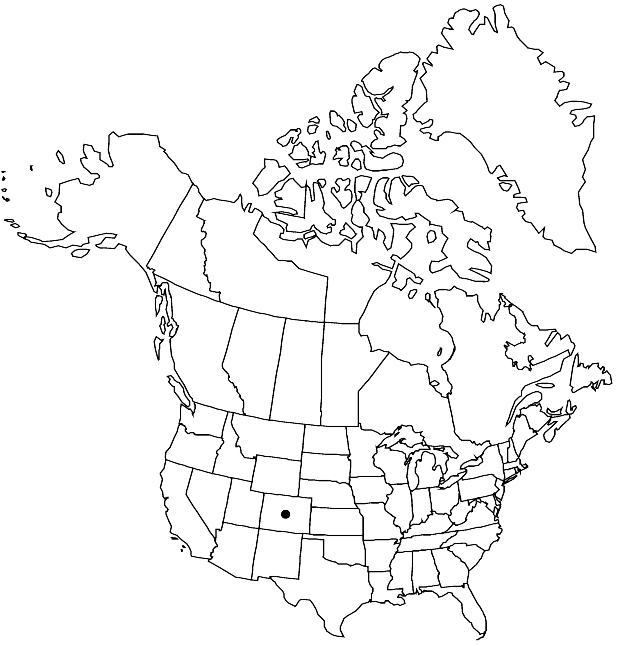Difference between revisions of "Physaria parviflora"
Novon 12: 326. 2002.
FNA>Volume Importer |
FNA>Volume Importer |
||
| Line 28: | Line 28: | ||
|distribution=Colo. | |distribution=Colo. | ||
|discussion=<p>Of conservation concern.</p><!-- | |discussion=<p>Of conservation concern.</p><!-- | ||
| − | --><p>Physaria parviflora is known from the Parachute Creek Member of the Green River Formation, Rio Blanco County.</p> | + | --><p><i>Physaria parviflora</i> is known from the Parachute Creek Member of the Green River Formation, Rio Blanco County.</p> |
|tables= | |tables= | ||
|references= | |references= | ||
| Line 52: | Line 52: | ||
|publication year=2002 | |publication year=2002 | ||
|special status= | |special status= | ||
| − | |source xml=https://jpend@bitbucket.org/aafc-mbb/fna-data-curation.git/src/ | + | |source xml=https://jpend@bitbucket.org/aafc-mbb/fna-data-curation.git/src/8f726806613d60c220dc4493de13607dd3150896/coarse_grained_fna_xml/V7/V7_1113.xml |
|tribe=Brassicaceae tribe Physarieae | |tribe=Brassicaceae tribe Physarieae | ||
|genus=Physaria | |genus=Physaria | ||
Revision as of 17:54, 18 September 2019
Perennials; caudex simple or branched; densely (silvery) pubescent, trichomes (irregularly radiate), 6–8-rayed, rays furcate or bifurcate, fused at base. Stems several from base, prostrate to decumbent, (usually unbranched, rarely branched distally), 1–3 dm. Basal leaves (tufted); blade broadly obovate, 1–2 cm, margins entire or with 1 or 2 broad teeth, (apex rounded to obtuse). Cauline leaves: blade oblanceolate to nearly oblong, similar to basal, (base cuneate), margins entire. Racemes (secund), loose, (elongated in fruit). Fruiting pedicels (recurved), 6–8(–12) mm. Flowers: sepals (yellowish), elliptic to lanceolate, (2–)3–4 mm; petals spatulate, (3.9–)5–7 mm. Fruits (usually pendent), elliptic to subglobose, usually slightly compressed (latiseptate), 3–4 mm; valves densely pubescent, sometimes with scattered trichomes inside; ovules 4 per ovary; style ca. 3 mm. Seeds somewhat flattened.
Phenology: Flowering Jun–Jul.
Habitat: Shale of steep slopes, rock crevices, ledges, canyon sides, shale-marlstone
Elevation: 2100-2700 m
Discussion
Of conservation concern.
Physaria parviflora is known from the Parachute Creek Member of the Green River Formation, Rio Blanco County.
Selected References
None.
